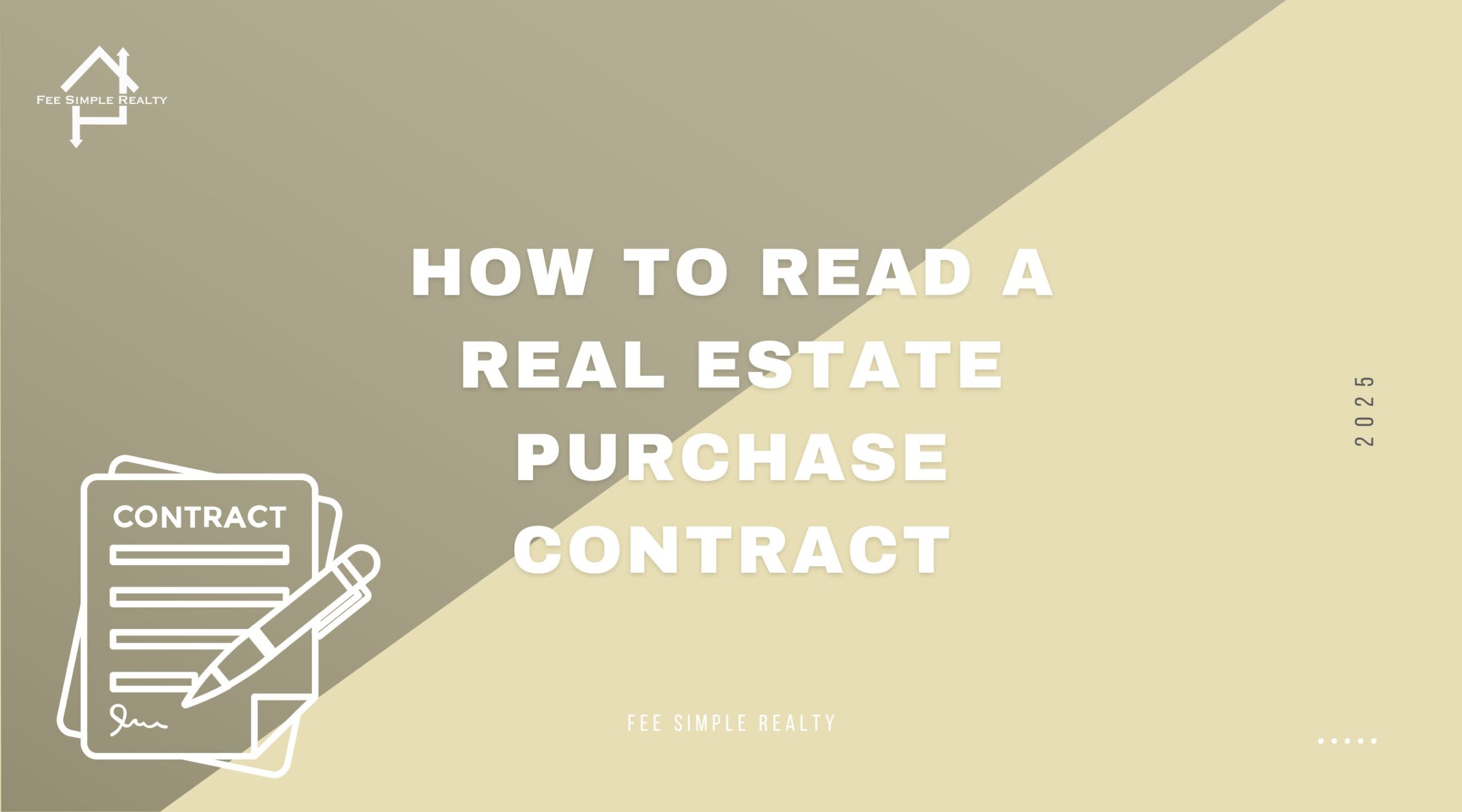How to Read a Real Estate Purchase Contract
Whether you’re buying or selling a home, the purchase contract is one of the most important documents in the entire transaction. It’s legally binding and full of clauses that affect your timeline, your money, and your obligations. Let’s learn how to read a real estate contract
Overview: Breaking Down the Real Estate Purchase Contract
Key Points:
-
Purchase Price and Financing Terms
-
Contingencies and Deadlines
-
Closing Costs and Who Pays What
-
What Stays with the Property
-
Inspection, Appraisal, and Default Clauses
1. Purchase Price and Financing Terms
This section outlines the agreed-upon sale price and whether the buyer is paying in cash or with a loan. It may also specify loan types and timelines for approval.
2. Contingencies and Deadlines
Contingencies protect both sides. Common ones include:
-
Inspection contingency
-
Appraisal contingency
-
Financing contingency
Each comes with a deadline, and missing it can mean losing your deal—or your deposit.
3. Closing Costs and Who Pays What
The contract outlines whether the buyer or seller covers costs like title insurance, transfer taxes, HOA fees, and more. These vary by region and should be reviewed carefully.
4. What Stays with the Property
Buyers and sellers often assume things like appliances, window treatments, or shelving units are included—but only if the contract says so. Clarify what’s staying and what’s going with the seller.
5. Inspection, Appraisal, and Default Clauses
These sections explain what happens if something goes wrong—like a failed inspection, low appraisal, or if either party backs out. Always read these carefully.
Conclusion
A real estate contract is more than a formality—it’s a roadmap for your sale or purchase. Understanding what’s in it protects your interests and helps you avoid surprises.
Contact us today or visit our Instagram | Facebook .
